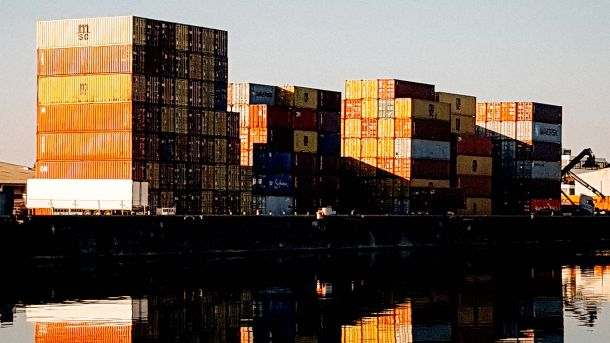This growth was mainly driven by:
- A 3.0% increase in platinum production, which contributed 1.0 percentage points to the overall growth for the month
- A 3.7% rise in coal production, adding 0.8 percentage points
- Chromium mining expanding by 9.0%, contributing a further 0.5 percentage points
For the rolling quarter ending June 2025, seasonally adjusted mining production increased by 3.9% compared to the first quarter of 2025. The quarterly growth was primarily driven by:
- Platinum mining, which expanded by 9.0%, adding 2.5 percentage points
- Gold production, which increased by 4.7%, contributed an additional 0.6 percentage points
- Chromium mining, which recorded an 8.5% growth, adding 0.5 percentage points to quarterly sector growth
However, annual nominal mining sales declined sharply by 14.4% in June. This contraction followed a trend of declining sales across several mining subsectors during the month, including:
- Gold, which fell by 53.7% and subtracted 13.6 percentage points from total mining sales growth
- Manganese ore, which decreased by 33.7%, subtracting 2.7 percentage points
- Coal, which contracted by 5.5%, contributed a further 1.2 percentage points to the decline
The mining sector remains crucial to South Africa’s economy, providing foreign exchange income and employment for approximately 434,000 people, according to StatsSA labour statistics for the second quarter of 2025. Employment within the sector has marginally increased from the previous quarter, underscoring its continued importance. Nevertheless, significant challenges remain, including concerns around exports to the US following new tariff measures introduced on 7 August, potential loss of AGOA benefits in September, and issues related to the new Mining Charter.
On the global stage, geopolitical tensions between the US and China—marked by trade conflicts and tariff wars—continue to disrupt international markets and restrict trade flows. As a positive development, certain mining materials used in steelmaking have been temporarily exempted from high tariffs in the US, which provides some relief for this vital sector of the South African economy, especially in terms of employment, foreign exchange earnings and economic growth.





